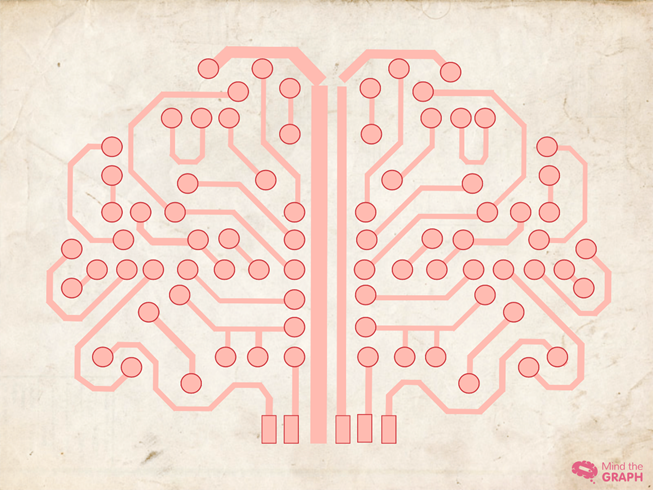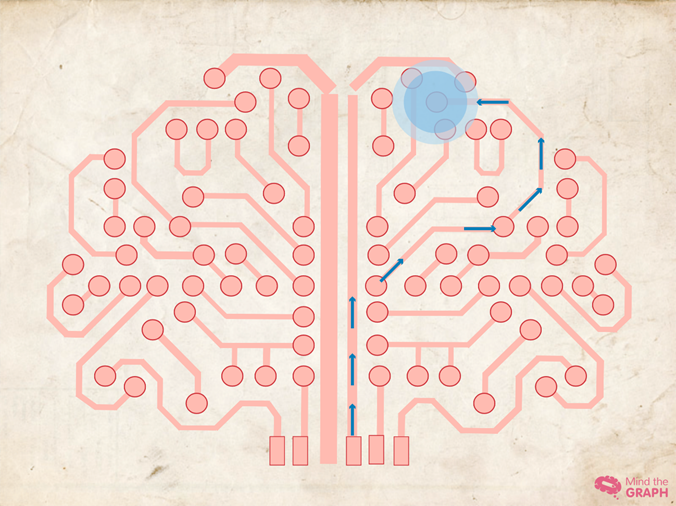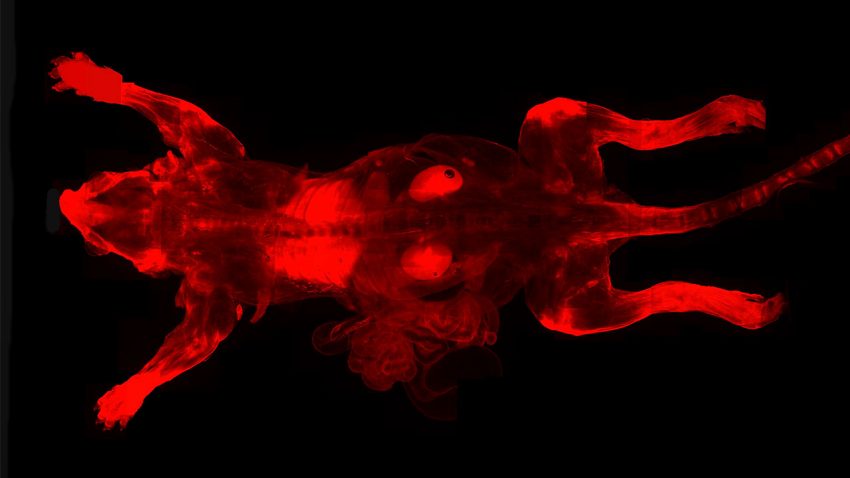Neuroplasticity is the capacity of the brain to change its connections in response to personal experience.
The change comes in two forms – new neural connections and the remapping of an already existing one – as the own words says, the brain has the ability to be plastic, to be moldable.
Neuroplasticity has been one of the most discussed concepts, and it is changing what we previously thought we knew about the brain. But, how neuroplasticity actually works in our brains?
In 1890 was the first time the term neuroplasticity was used, it was intentionally used to describe human behavior.
For a long time, neuroplasticity was thought to be present only in young brains, during childhood, but it was lost after a certain age, meaning adult brains were not capable of change anymore, it was static.
Only in the last decade researches started to show the opposite, the brain has indeed the ability to change, it is adaptable, neuroplasticity can happen in adulthood too, not only in brain under development.
However, researches showed that young brains are the ones with the highest level of plasticity.
So, let’s go back to our question from the begging, how does neuroplasticity works?
Picture the brain as a power network full of connections in a very dynamic structure, where different electrical pathways, turning on every time you have a thought, feel a emotion or take an action.
Each one of them has its respective brain signal, its own pathway; in the end, we have a lot of pathways.
With time, we became adults, these pathways become well-travelled, turning into habits, specifics ways of thinking, feelings and acting.
Therefore, every time, you do a specific task or have a specific feeling, the brain has a specific path for that, and by repetition, this pathway becomes not only well-traveled but strengthened too.
Our brain has the ability to recognize cues for anything, feeling, tasks, thoughts, everything can be turned into a habit.
With time the electrical pathway starts to happen automatically, becoming every time more and more easy to go through.
It’s like driving to the office every single day through the same route, sometimes strangely seems that you just appeared there.
If you start for any reason to think differently, or learn something new, or choose to change a specific habit, you start to carving out a new pathway; you substitute the old pathway for a new one.
If you train your brain to travel through this new pathway instead of old one, the brain starts to learn and use more this new road.
With time the newly formed pathway is paved, starting to happen naturally. This new task, feeling, or thought becomes the new normal replacing and weakening the old one.
This is what neuroplasticity is, you rewire you brain, replacing old connections with new ones.
This means if you have a bad habit that you would like to change, like smoking, eating fast food, having negative thoughts, or procrastination, you can practice carving a new pathway in your brain, rewiring yourself; all of us have the ability to change and learn something new.
This discovery opened new doors for science to understand and explain situations that until then weren’t possible.
Actually, without brain plasticity, we human beings could not develop a fully formed adult brain or recovery from a brain injury.
We can find in the literature extraordinary cases of brain recoveries, from people that went through serious brain injuries, or were born with a brain abnormality.
Here are a few examples:
A published article reported a 44-year-old man who after experience weakness in his left leg for two weeks went to the hospital and took an MRI.
The doctors saw not only a brain smaller than usual but also a big fluid-filled chamber.
The MRI revealed a “massive enlargement of the lateral, third, and fourth ventricles, a very thin cortical mantle and a posterior fossa cyst”.
From the medical perspective his condition, should not allow him to have a normal life, but still, he was married with two children and worked as a civil servant. Insane right?
Another article published showed brain recovery networks of six patients that had surgically removed one brain’s hemisphere.
Compared to the control group, these patients presented a strong and equivalent level of intrahemispheric connectivity in brain regions with the same functional network.
However, between parts of different networks, the connectivity was extremely increased in the operated patients.
These results suggest a functional reorganization of the brain and a shared set of networks, in other words, because of the surgery the brain created new connections to recovery and maintain the cognition networks lost due to the surgical procedure.
A third article published reported a case of a cerebellar agenesis, a rare condition of a person who is born without the cerebellum, the part of the brain responsible for movement control and motor skills.
In the article, MRI images impressively confirmed the absence of the cerebellum in a 24-year-old woman.
The patient who had reported an inability to walk steadily for 20 years went to the hospital feeling dizziness, nausea, and vomiting.
Mild mental impairment and medium motor deficits were also diagnosed in the patient, who was married with one daughter.
Besides not having a very important part of the brain, the woman’s brain was capable to rewire itself to compensate the absence of cerebellum.
Although it was not as efficient as a regular brain, it still managed to perform the same functions.
There was a time when unchangeable was one of the brain adjectives, but now science is in the path to understand this new brain characteristic, opening discussions about how much change this important organ can make in face of adversities.
____
No scientist produces to keep his research closed in a library, right? I say that as a scientist too. So, let’s improve communication in science together! Are ready to start?
Take a look of these great infographic template LAYOUTS!

Subscribe to our newsletter
Exclusive high quality content about effective visual
communication in science.








